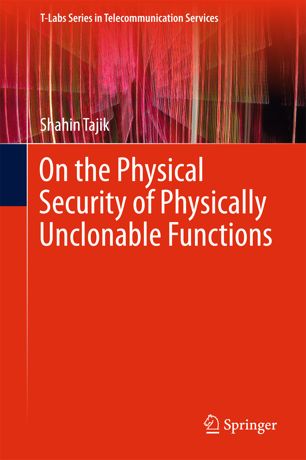

Most ebook files are in PDF format, so you can easily read them using various software such as Foxit Reader or directly on the Google Chrome browser.
Some ebook files are released by publishers in other formats such as .awz, .mobi, .epub, .fb2, etc. You may need to install specific software to read these formats on mobile/PC, such as Calibre.
Please read the tutorial at this link: https://ebookbell.com/faq
We offer FREE conversion to the popular formats you request; however, this may take some time. Therefore, right after payment, please email us, and we will try to provide the service as quickly as possible.
For some exceptional file formats or broken links (if any), please refrain from opening any disputes. Instead, email us first, and we will try to assist within a maximum of 6 hours.
EbookBell Team

4.8
44 reviewsThis book investigates the susceptibility of intrinsic physically unclonable function (PUF) implementations on reconfigurable hardware to optical semi-invasive attacks from the chip backside. It explores different classes of optical attacks, particularly photonic emission analysis, laser fault injection, and optical contactless probing. By applying these techniques, the book demonstrates that the secrets generated by a PUF can be predicted, manipulated or directly probed without affecting the behavior of the PUF. It subsequently discusses the cost and feasibility of launching such attacks against the very latest hardware technologies in a real scenario. The author discusses why PUFs are not tamper-evident in their current configuration, and therefore, PUFs alone cannot raise the security level of key storage. The author then reviews the potential and already implemented countermeasures, which can remedy PUFs’ security-related shortcomings and make them resistant to optical side-channel and optical fault attacks. Lastly, by making selected modifications to the functionality of an existing PUF architecture, the book presents a prototype tamper-evident sensor for detecting optical contactless probing attempts.